This past weekend, I went to my first CRPS shoot. Although I’ve shot lots of 3 gun, some IPSC & IPSC-ish pistol matches, and Service Rifle/CQB a few times, I had not done much precision rifle shooting. 3 gun reaches out to 400 meters sometimes, but we’re shooting 223 at big steel plates, and that’s not particularly challenging or precise. CRPS is an entirely different beast.
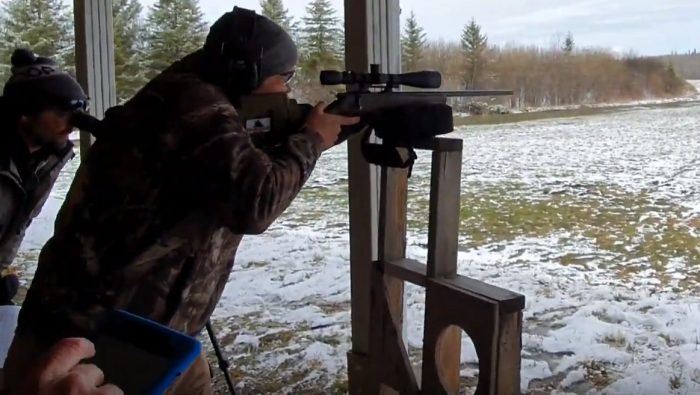
PRS Lite?
CRPS uses 22LR rifles to simulate shooting long range. Since 22LR is so slow, it drops fast and is moved by the wind A LOT. By shooting 22LR from 100-350 meters, CRPS approximates shooting PRS or precision rifles at much further distances. But, because it’s 22LR, the rifles cost less, the ammo costs less, and you can make shoot it within a much smaller bay or even in a farmer’s field. It’s also nice not having to double up on ear protection. My electronic ear muffs were fine for the whole day.
That all said, it most definitely is NOT PRS-lite: top competitors are very serious about this kind of shooting, investing thousands in equipment, building mock stages and practicing before major events, and running top grade ammo. It’s not just “practice for PRS” for these competitors, it’s in and of itself it’s own discipline and type of match.
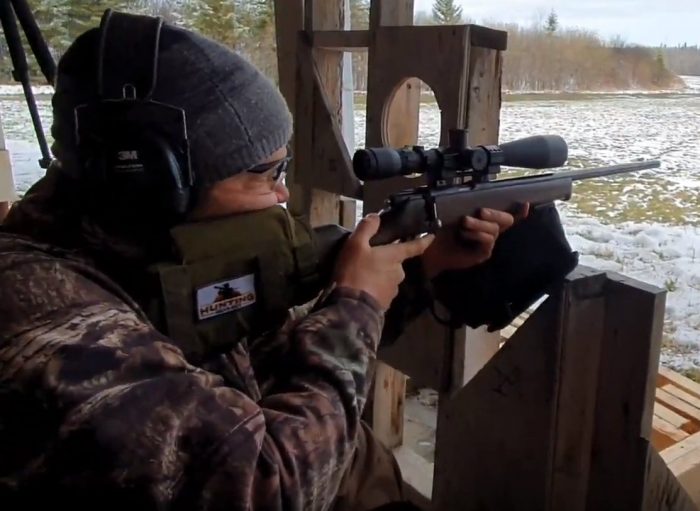
Skills Required
CRPS test a very different skillset than I usually use in competition shooting. In CRPS, you need to shoot from a variety of compromised positions, correctly dial in or hold over for a variety of distances, figure out the wind speed and effect on your bullets trajectory, and shoot under the pressure of time. Of course, marksmanship basics are also put to the test.
Ballistics knowledge was pretty crucial here: knowing the drop of your rounds at distance and how much to hold horizontally for wind at various distances was critical to making hits.
Positional shooting is also an interesting skill that’s deceptively hard to master. Getting a steady rifle on weird barricades (some of them DIY like the one below) needs trigger experience running different bags and positions.
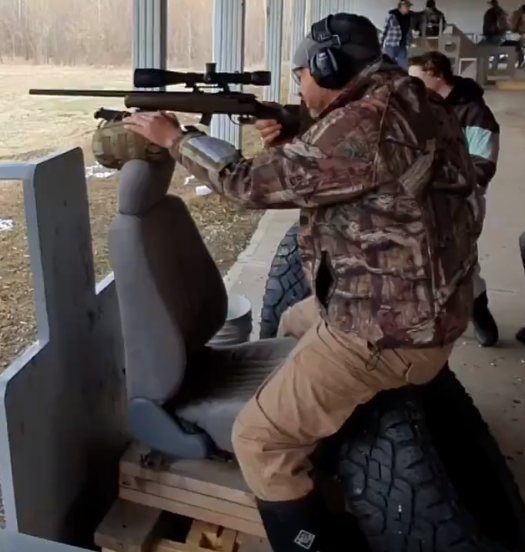
Equipment for CRPS
CRPS has an “Open” division where almost anything goes, as well as a more newbie-friendly “Production” division where competitors are limited to a rifle under $500 MSRP, an optic under $500, and 1 basic shooting bag. With a generous time limit of 2 minutes for most stages and a round limit on most of the stages, there’s not much of a speed advantage to going with a semi auto 22LR. 10/22’s, 795’s, and Mark II’s were common in Production while Open saw a mix of Tikka T1’s, CZ rimfires, Ruger Precision Rimfires, and Vudoo V-22’s at the top end.
The more critical piece of equipment for most shooters was a good scope with a repeatable, easy to use turret that allowed competitors to easily dial in for different distances. A reticle with hold over hash marks that are the same as the scope adjustment makes it easier to hold over between targets instead of dialing, or adjusting based on observed conditions. Scopes that visibly show how many revolutions they’re at were nice, as several competitors “lost zero” and didn’t know whether they were a full revolution out.
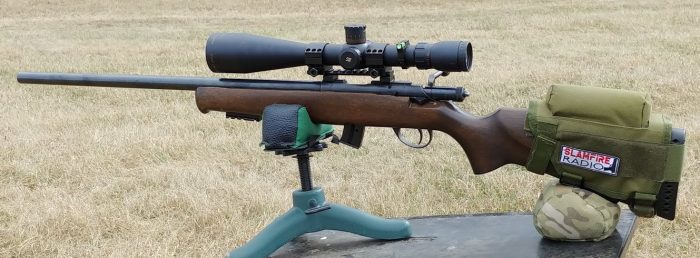
My First Match
For my first match I did several things well and failed in a couple ways. I came into the shoot with above average equipment including an accurate rifle+ammo combination, a nice FFP scope with repeatable turret adjustments, a quick detach bipod and sling, and a couple Lockhart Tactical and JSA shooting bags thanks to my buddy Tommy. I also came into the match with some above average positional shooting experience from 3 gun and some good marksmanship basics from Mapleseed.
One thing I did poorly was building a proper dope chart. I had been out a couple times shooting at long range with my rifle and ammo, but kept trying to make the Strelok Pro phone app work for my combo with Strelok mis-configured. Temperature, altitude pressure, and barometric pressure must be configured correctly for your zeroing weather as well as your shooting weather and I took too long trying to get Strelok going because I thought I had all these set correctly but I had not. Looking back, I could have and should have just build a dope chart based on observations of making hits at a variety of distances. By the end of the match, I had my corrections in so I could make hits at distance, but my first few stages really suffered from a dope chart that was out by up to 5 MOA.
I also started my first stage with my turret a full revolution up, resulting in no hits off that first stage. Thankfully, it was a low scoring stage anyways, and I figured out the problem immediately after the stage. This seems to be a common issue and can be rectified by returning your scope to zero immediately after a stage or by setting it to the correct setting for the next stage.
All together, I got an above average result: 15th overall out of 35 shooters. With a more accurate dope chart, I feel like I could have got close to top 10, but would really need a lot more match experience to climb higher than that as the skill level and experience of the competitors at that level is a lot higher than mine.
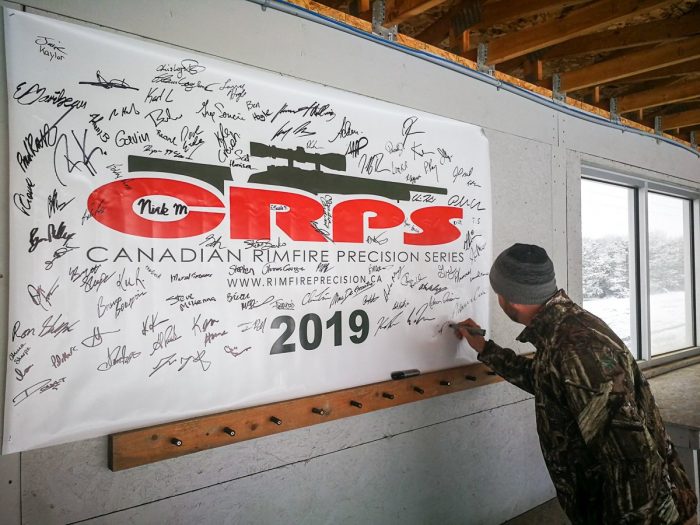
Conclusion
So if you’re looking for an approachable, affordable precision rifle discipline, check out CRPS!
